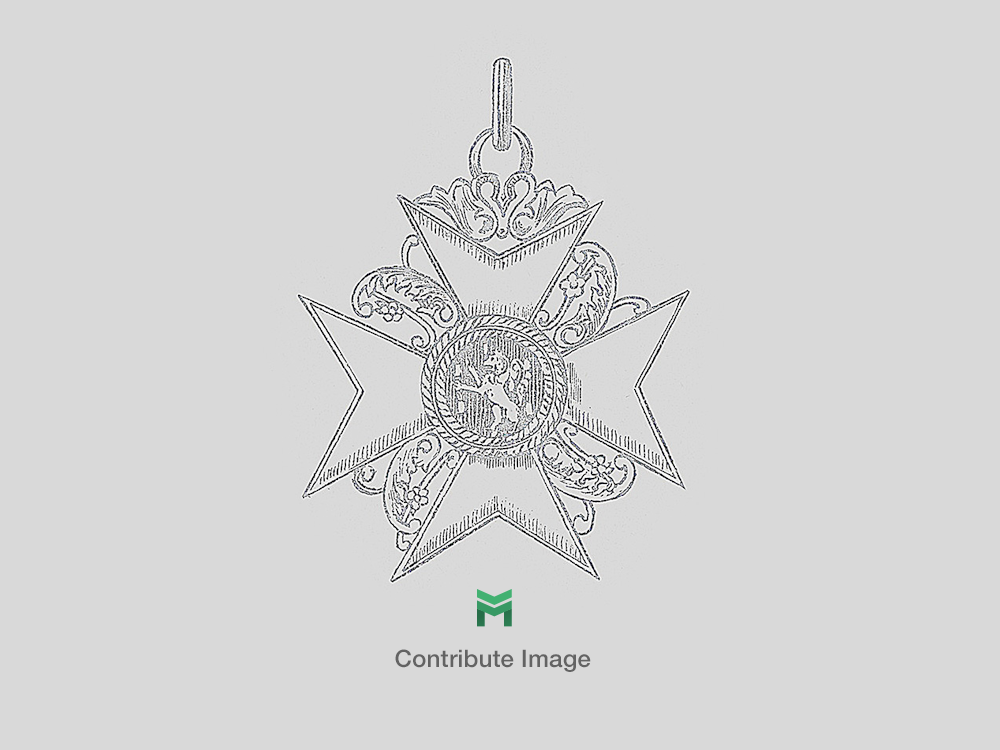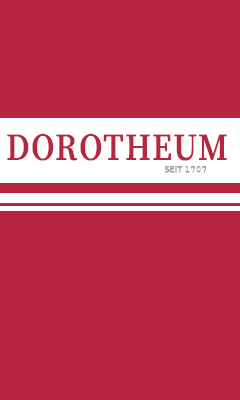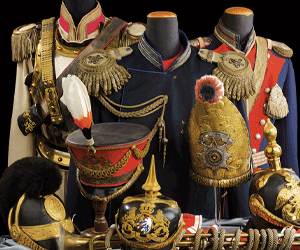German Army Bayonet KS 98
SKU: 20.GOR.04.03.002
Estimated market value:

Estimated market value:
Attributes
History
Bayonets are edged weapons that are attached to rifles by way of a bayonet lug for close combat purposes. Most Third Reich models can be considered specialised knives.
German bayonet models often carry the letter “S” in their name, which stands for Seitengewehr, a German term for bayonet. The name usually also consists of a number reflecting the rifle model to which the bayonet is supposed to be attached, and often a number that reflects the year of adoption into service.
Most German bayonets would come both in versions with or without a sawback blade. Sawback models had an “S” (for “Säge”) at the end of the designation. It was used as a tool to clear brush or to string wire.
However, since the First World War Allied propaganda depicted sawback blades as proof of German barbarism in battle, even though they themselves equipped sawbacked bayonets to special troops as tools. The propaganda worked so well that German troops would not take their sawback bayonets to the front line for fear of being killed on the spot when captured with one. Because of this blades often had their sawbacks ground away retrospectively.
Many bayonets used by the Nazi regime were First World War or even pre-war weapons, often refurbished and/or slightly altered to fit a new rifle or purpose.
During the war it was also common for captured foreign bayonets to be re-issued by the Wehrmacht. Some bayonet factories in occupied countries continued to produce their own bayonet models for the Wehrmacht, for example a Czech company producing the Vz. 24.
Many of the captured bayonets were hot blued or chemically blackened.
Among the most used bayonet models are the KS 98, the S 98/05, the S 84/98, the Czech Vz. 24, and the Polish Wz. 22, Wz. 24, Wz. 27, and Wz. 39. These will all fit the most common German rifles, the Gew 98, the Kar 98, the G 29/40, the G 33/40, the G 98/40, the G 40 k, the G 24 t, the G 41 M, the G 41 W, the G 41 MKb. 42 (H), and the G 41 MKb. 42 (W).
Weight, size, and even parts and workmanship of a bayonet may vary due to minor manufacturing differences. Due to reworking and/or altering different versions of models will be available.
“KS” stands for “Kurzes Seitengewehr”, short bayonet. During the Third Reich period this model was mostly used as an “Extra-Seitengewehr”, which was a privately purchased dress model to be worn with the walking-out dress. These dress models weren’t even manufactured for attachment to a rifle.
As such the KS 98 was offered with etched blades, either personalised or generic versions from a catalogue, for example: Zur Erinnerung an meine Dienstzeit (In remembrance of my time in service).
Only a small contingent was issued by the Wehrmacht. However, because of this it was one of only a handful of bayonet models being produced between 1919 and 1945, along with the S 84/98, the S 42 for the Kar 98k, and the FG 42 for the Fallschirmjägergewehr 42.
The blade generally measures 255mm, but a shorter version of 200mm has also been manufactured. This one was intended for officers and NCOs, while the longer version was intended for enlisted men.
The material of the grips will vary significantly, from smooth to checkered, wood to rubber or plastic, and brown to black.

Versions
$100 USD


Comments
Sign in to comment and reply.


Scroll Top